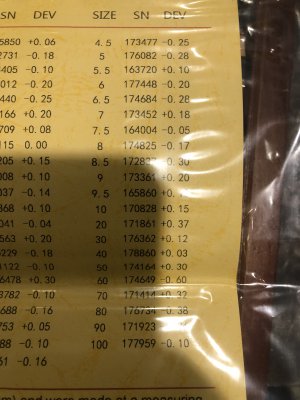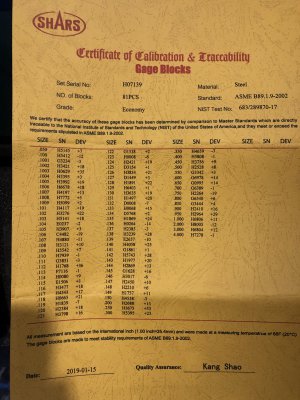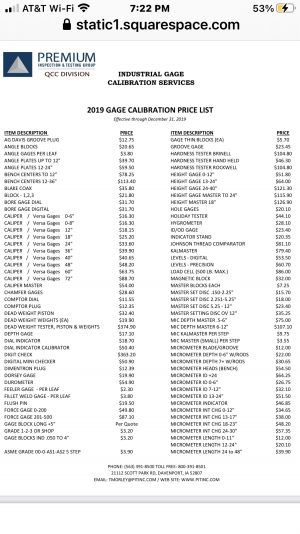@erikmannie What I see is what I'd expect. Measuring using the standard isn't going to give you premium results but it is what you have. for the 1" where the set shows it +11, that is +11 ten thousandths or +1 tenth. That is what I'm reading on your mic.
It is better to calibrate them on a AA grade surface plate using a half-tenths indicator, comparing it to a master gauge block set. I am suspicious of your 4" results, and would recommend checking both your standard and your mic against an outside standard, such as a B grade Mitutoyo gauge block, or better. I was lucky over the years to have access to lab quality surface plate and blocks. This is no longer the case.
It probably is the case that the Shars calibration is lying, but it would be prudent to check first. Cheap mic standards are notoriously fickle.



